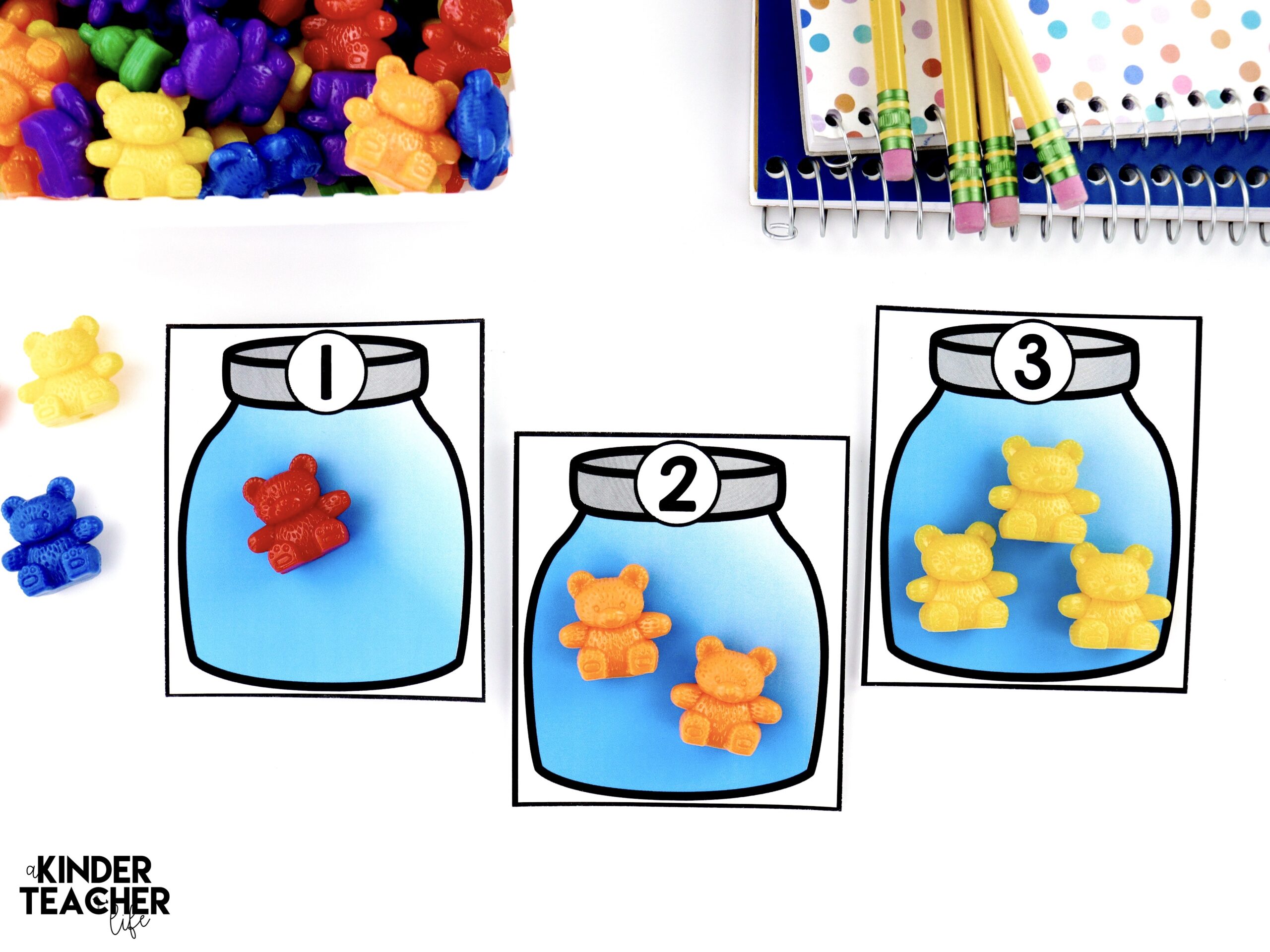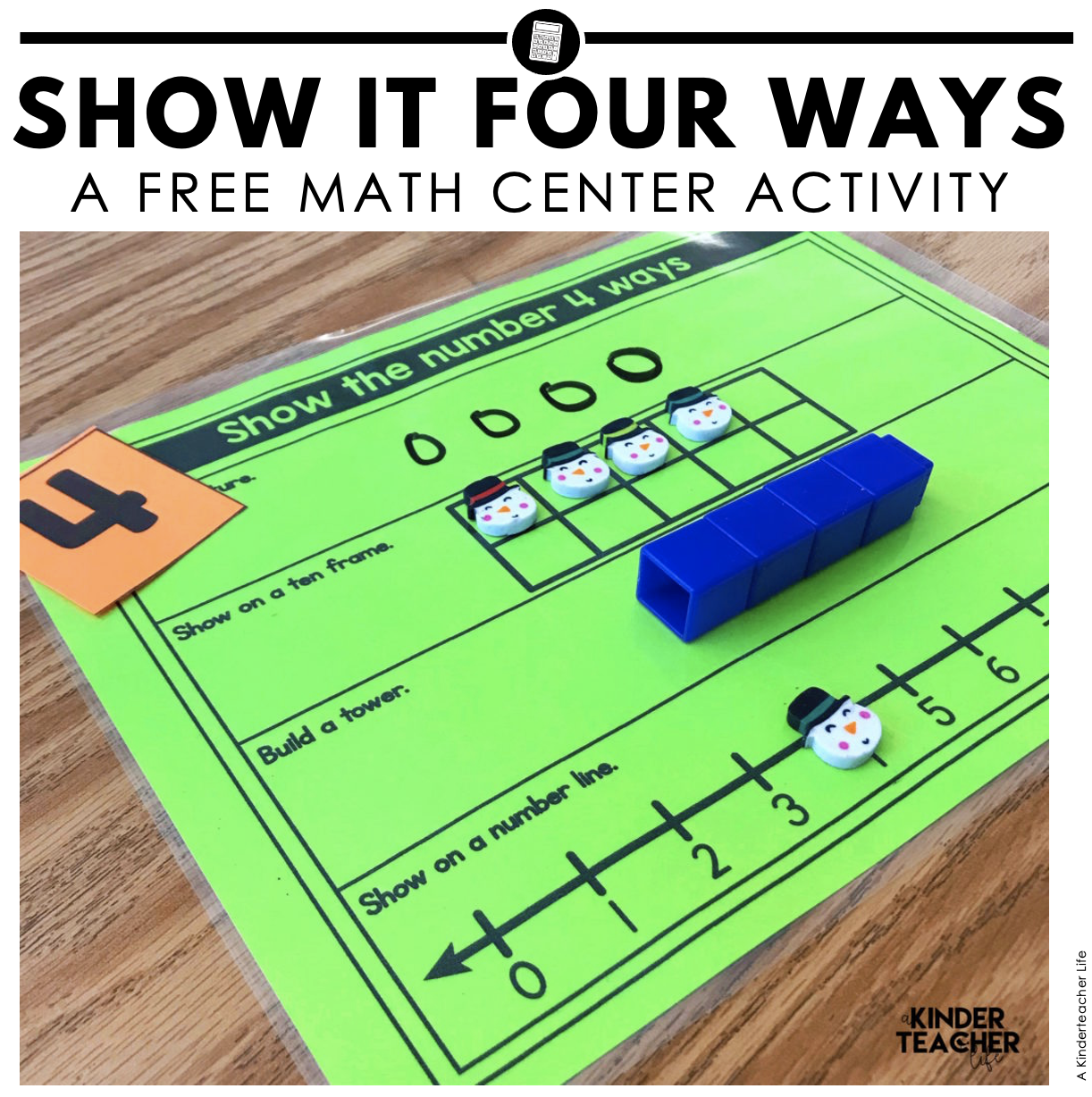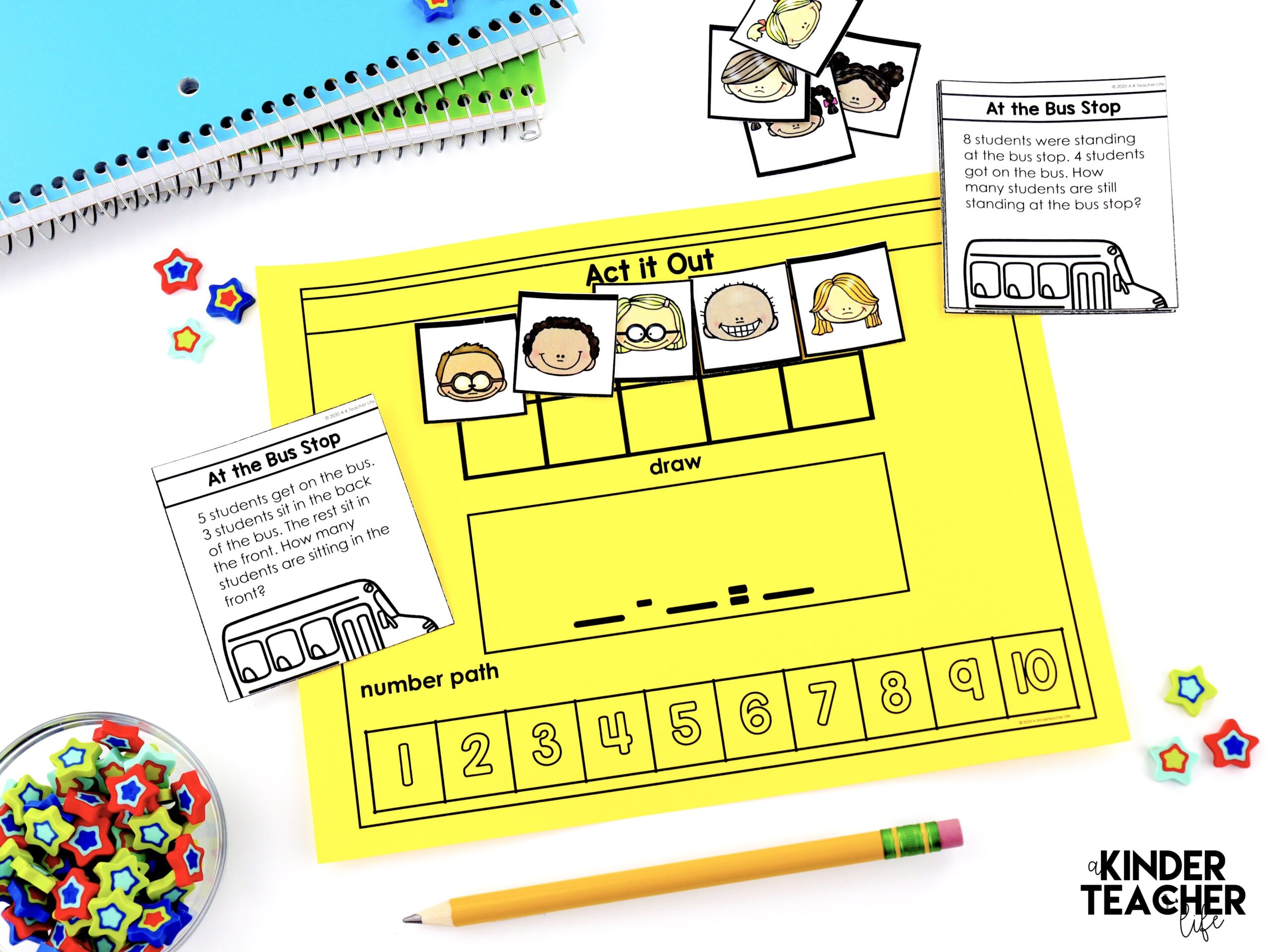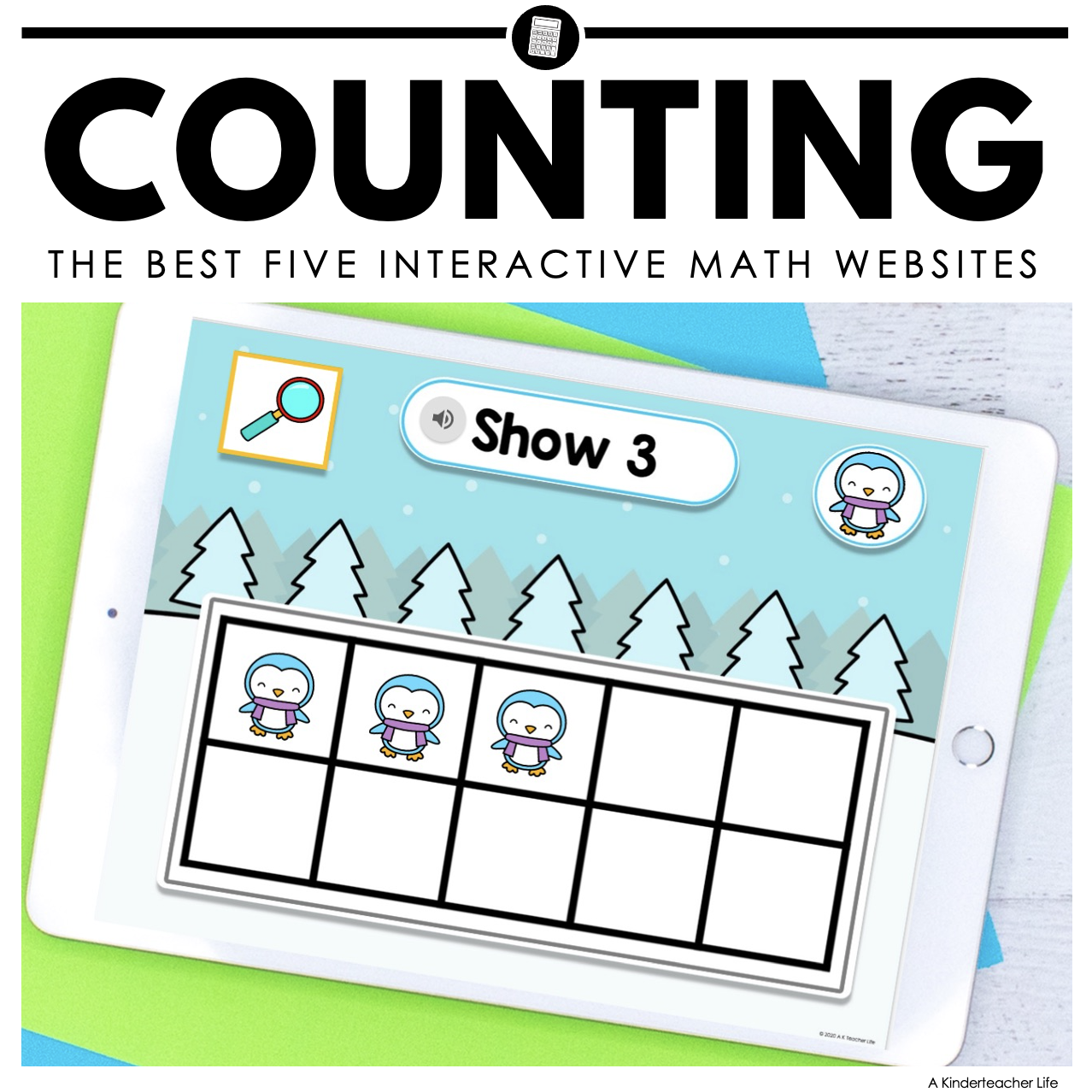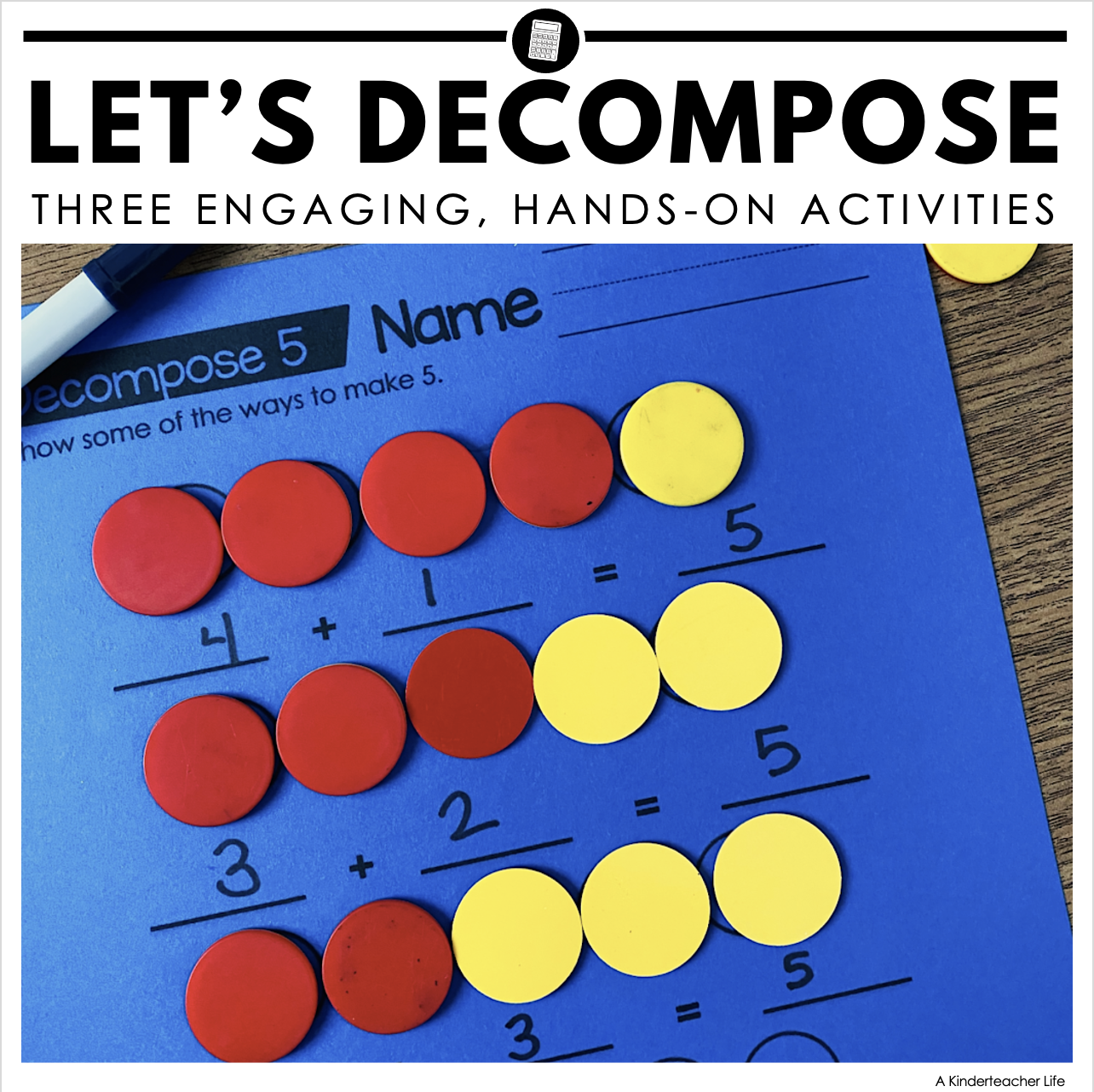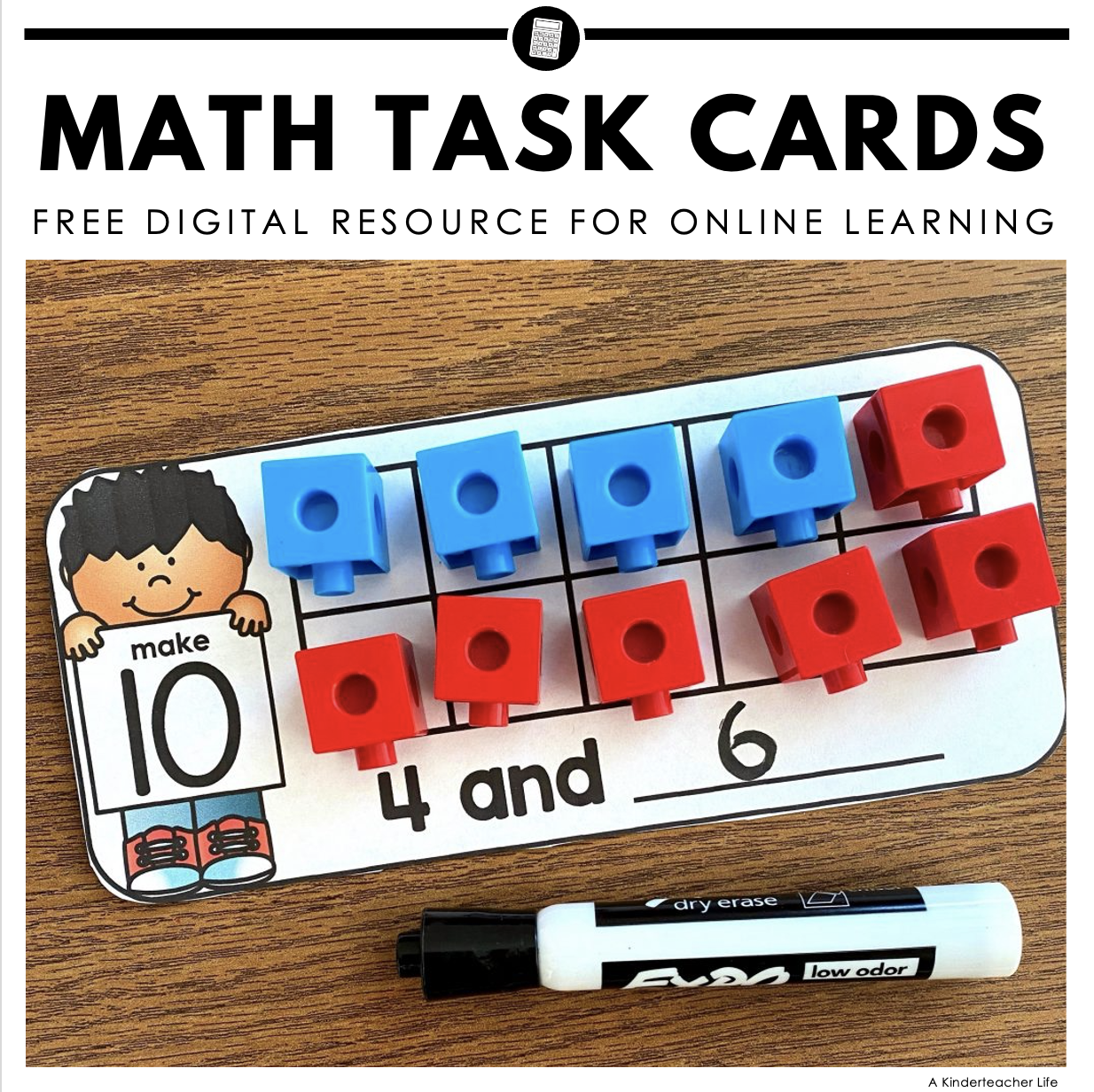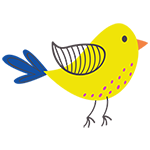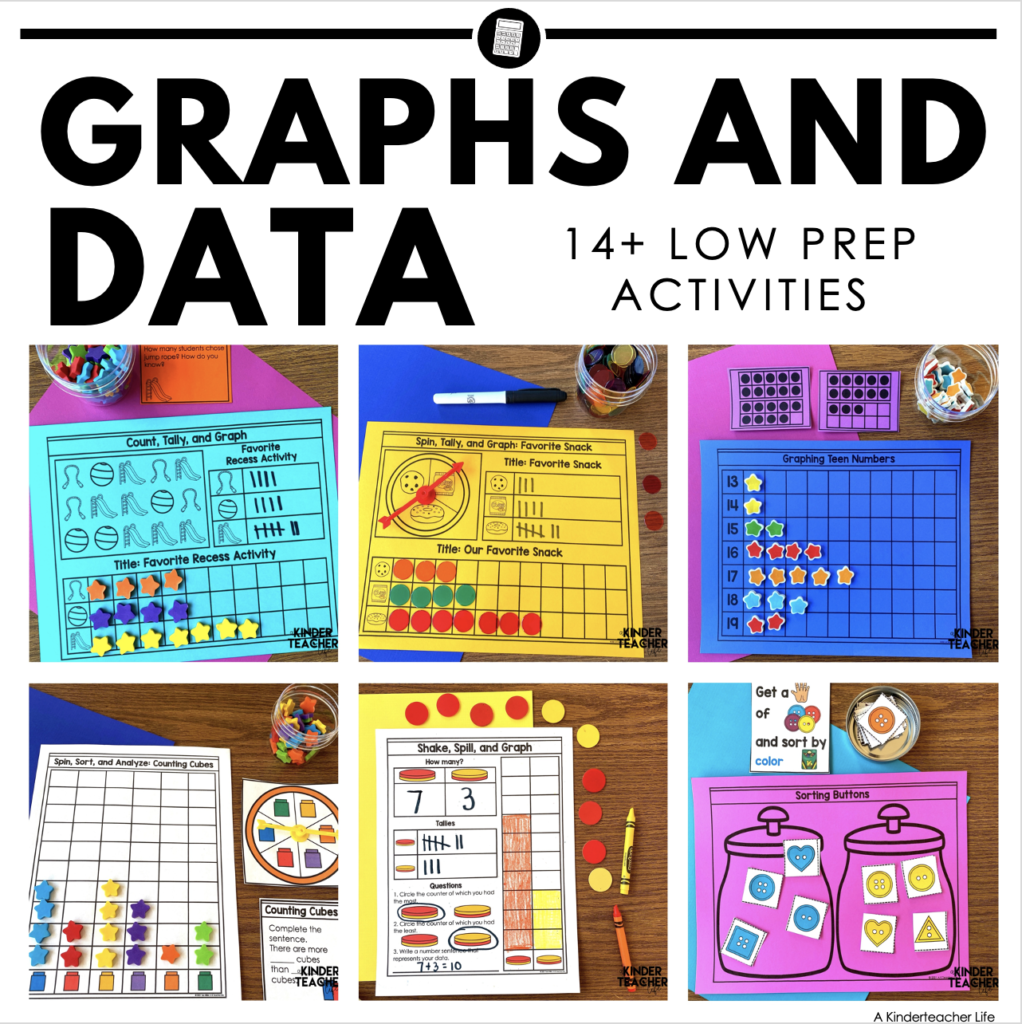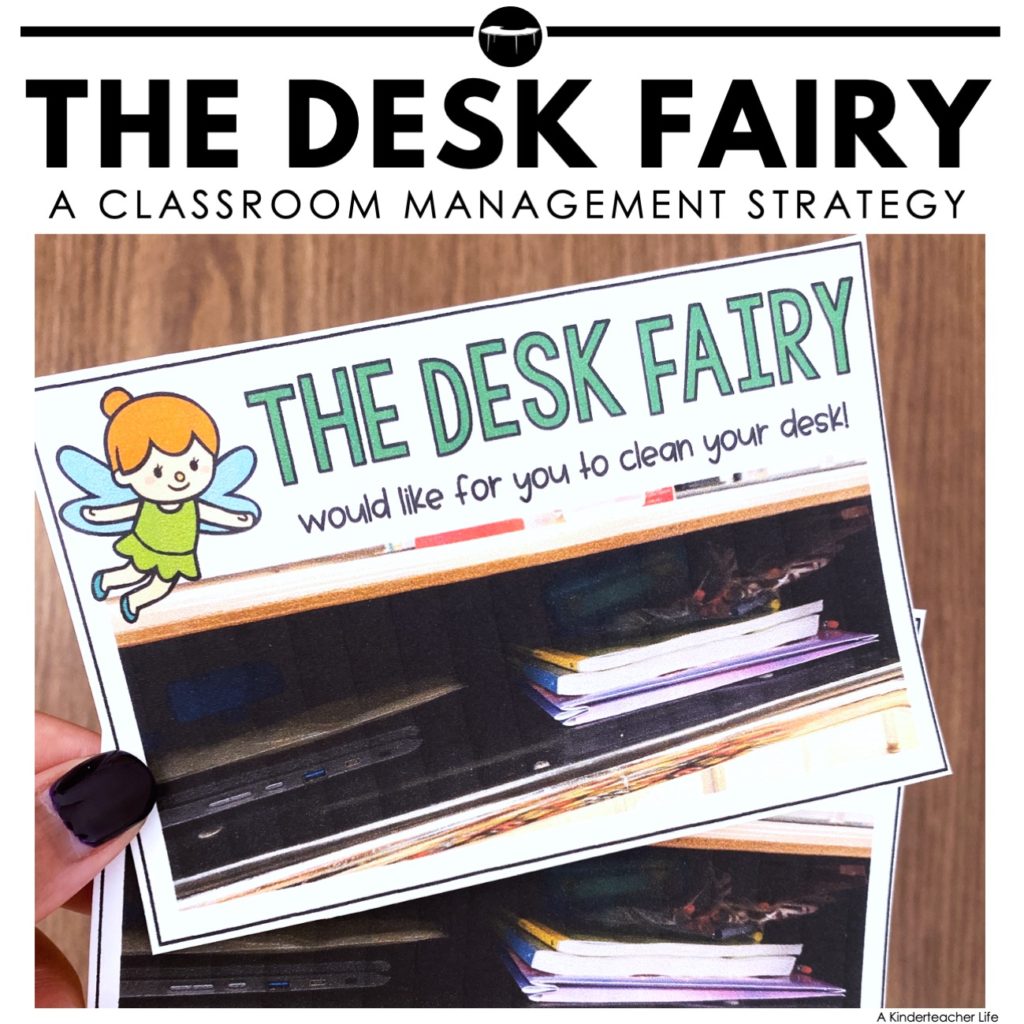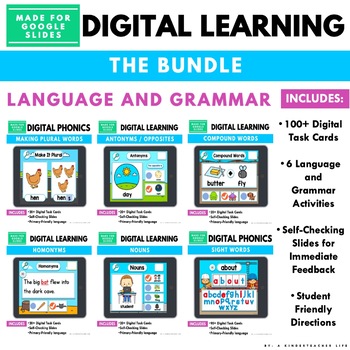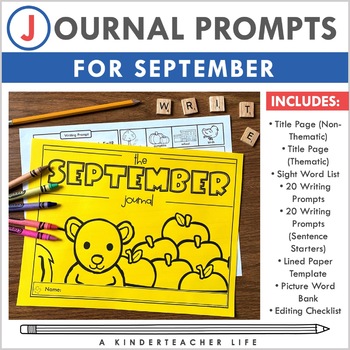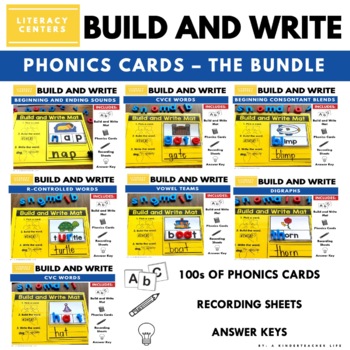Best Measurement Activities for Kinders
This blog post will explore the best ways to teach measurement, a topic I love teaching. It’s a nice break from teaching addition and subtraction; students are more independent with this topic.
During our measurement unit, we focused on vocabulary and used comparison words to help describe the length of objects.
In kindergarten and first grade, there are many goals for this unit. Students need to understand length, weight, capacity, and time attributes. They also need to know how to use measurement tools appropriately. We use real-life objects and scenarios to practice these concepts.
Best Practices for Teaching Measurement
Here are some tips for teaching measurement for young learners.
- Use Concrete Manipulatives: Provide students with hands-on experiences using measuring tools such as rulers, measuring tapes, and non-standard units like cubes or paper clips.
- Integrate Real-World Contexts: Incorporate activities into real-life scenarios, such as estimating the lengths of everyday objects. If allowed at your school, have students measure the ingredients to make a treat or play dough. This helps students see the relevance of measurement in their daily lives.
- Differentiate Instruction: Recognize that students may have varying prior knowledge and understanding of different topics. I work at a school with multilingual learners. Most of them understand the measurement concepts but need help applying and using the vocabulary terms in the correct context. Differentiate instruction by providing scaffolded activities, opportunities for peer collaboration, and additional support or challenges as needed.
Engaging Activities
Here are a few activities you could use!
- Sorting Pictures by Length: Work with a partner to sort pictures by whether they are five cubes long or five cubes short. This activity helps students develop their understanding of length and comparisons, aligning with Common Core standards. For a more tactile experience, gather the objects on the cards (you can find most of them in the classroom) and have them measure using cubes and sort.
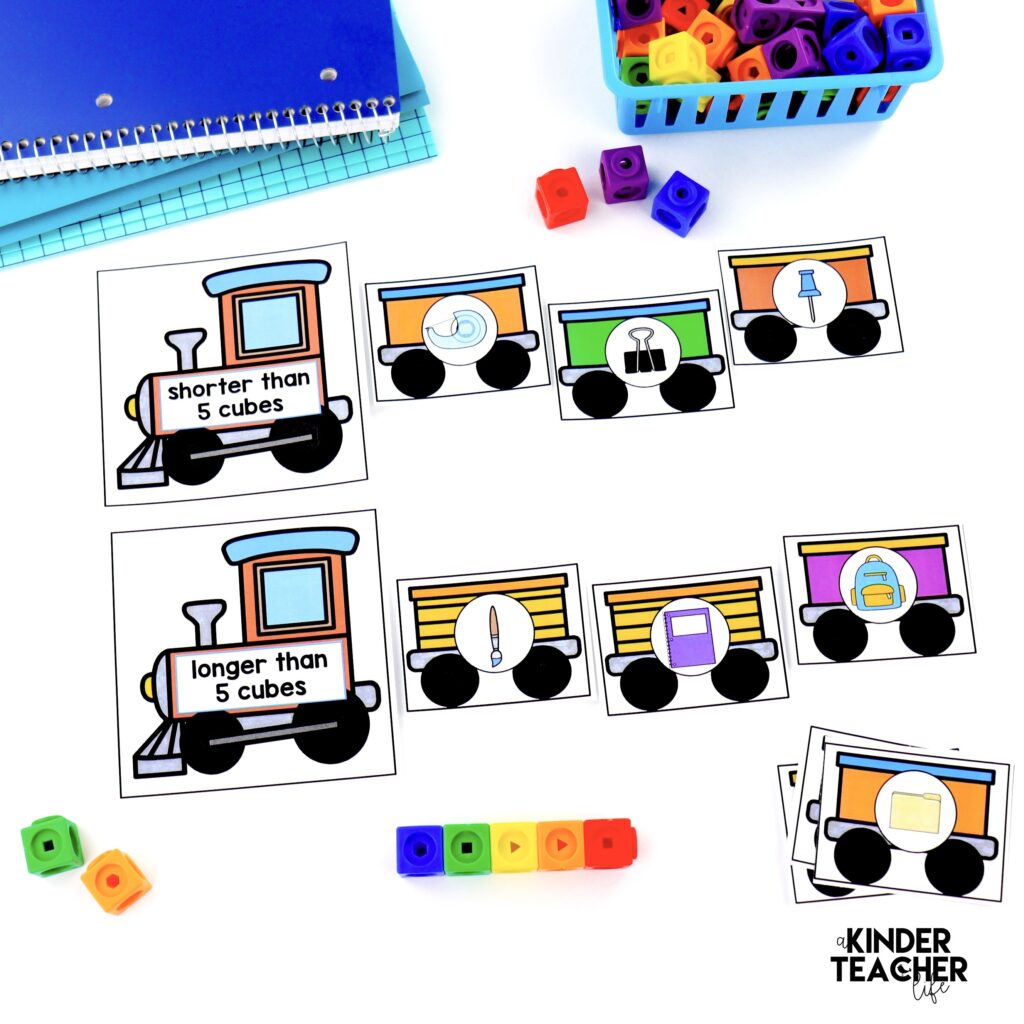
- Measuring Paper Lengths with Cubes: Provide students with various paper strips and ask them to measure the lengths using cubes. Encourage them to estimate and count the cubes.
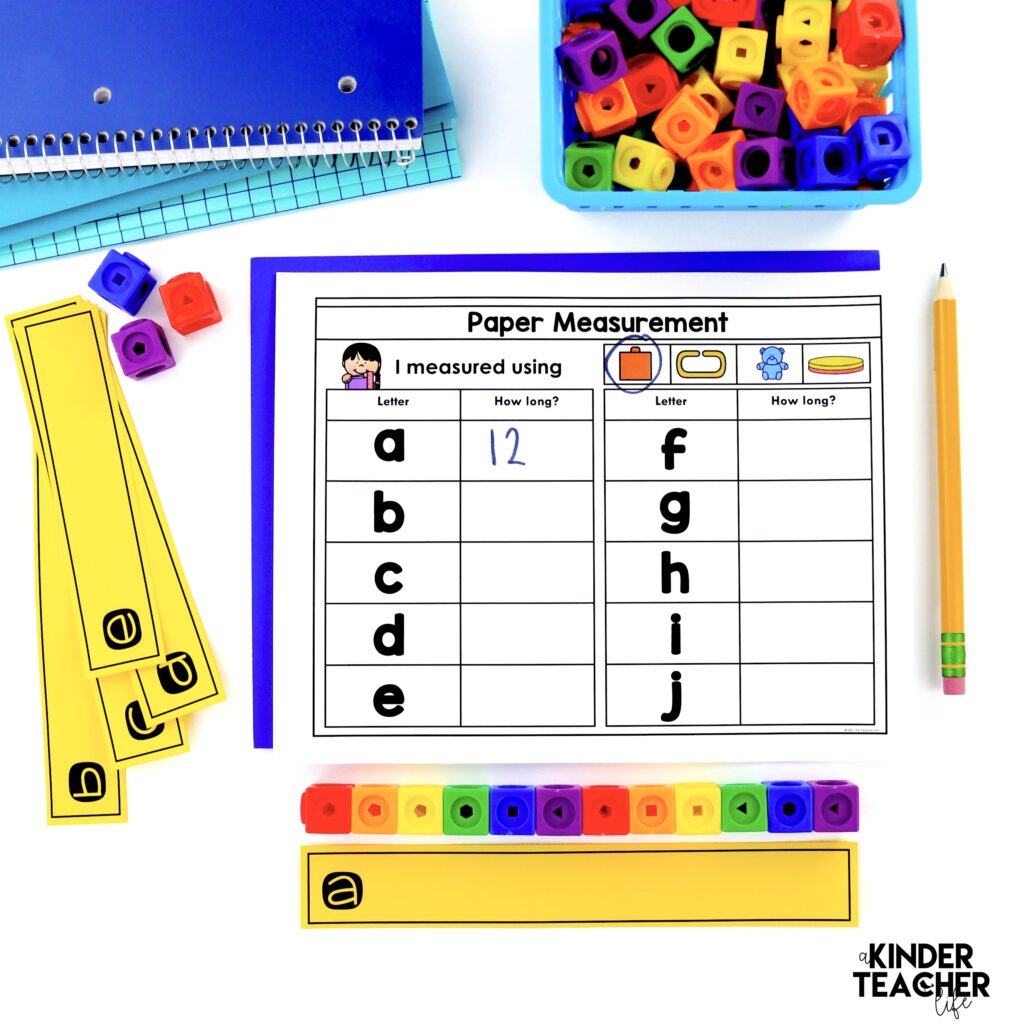
Sorting Pictures by Correct Object Alignment: Show students pictures of objects arranged in different ways (e.g., aligned end-to-end, overlapping, or randomly placed) and ask them to sort the pictures by whether they show the correct way to align objects to measure. This activity helps students understand the importance of precise alignment when measuring.
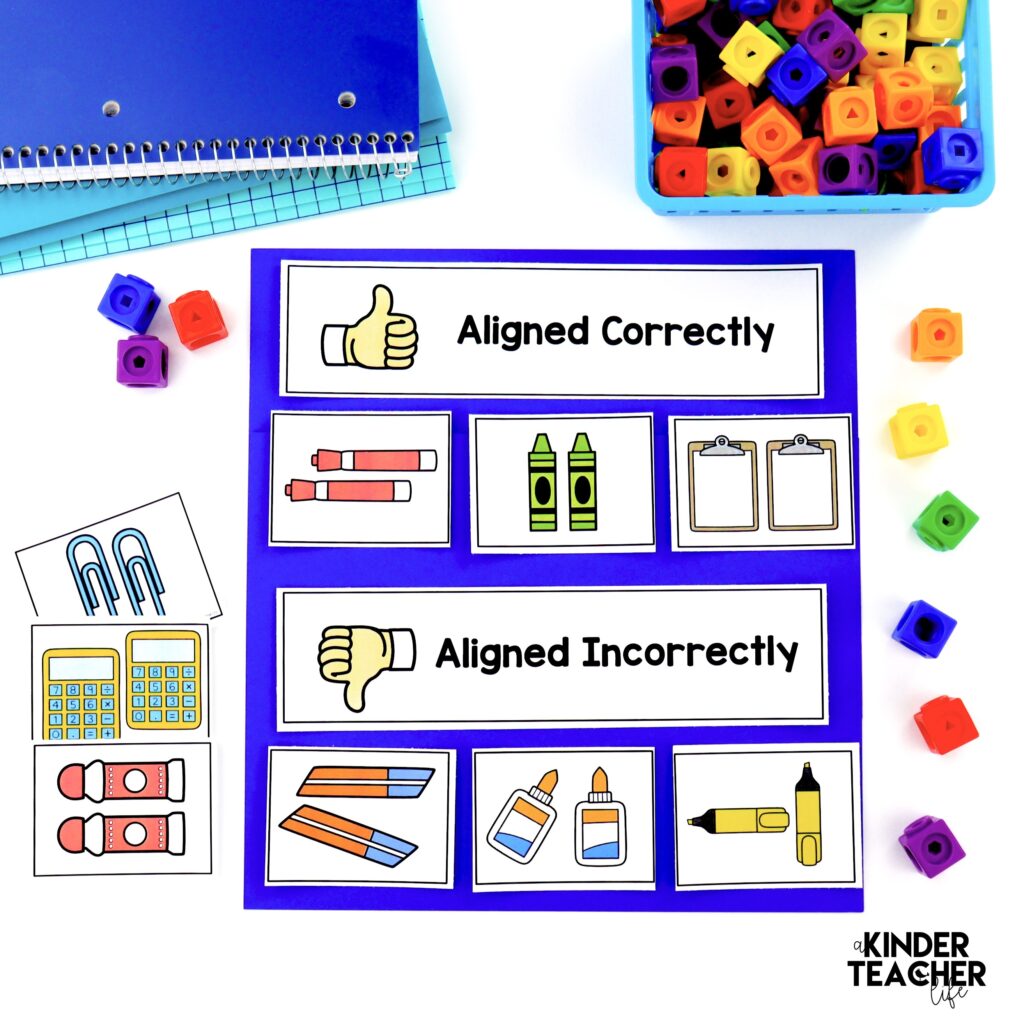
By incorporating these best practices and engaging activities, teachers can effectively teach measurement concepts aligned with Common Core standards, fostering a deeper understanding and appreciation for mathematical reasoning and problem-solving skills.
If you like the activities in this blog post, check out these measurement math center activities. These activities are low-prep, hands-on and a ton of fun!
Best,
Tee

